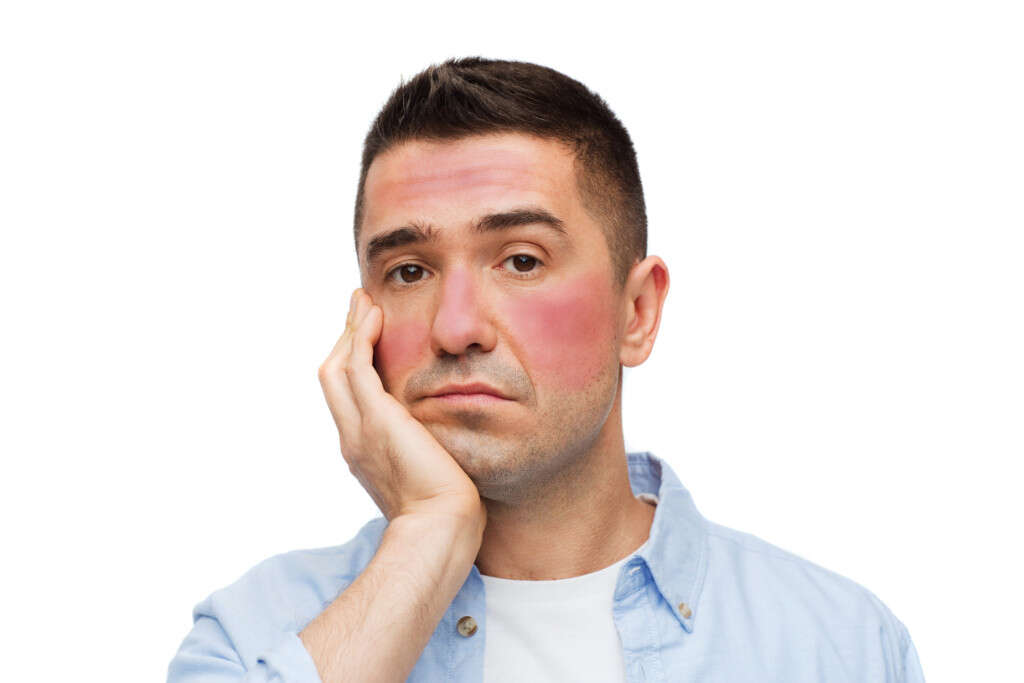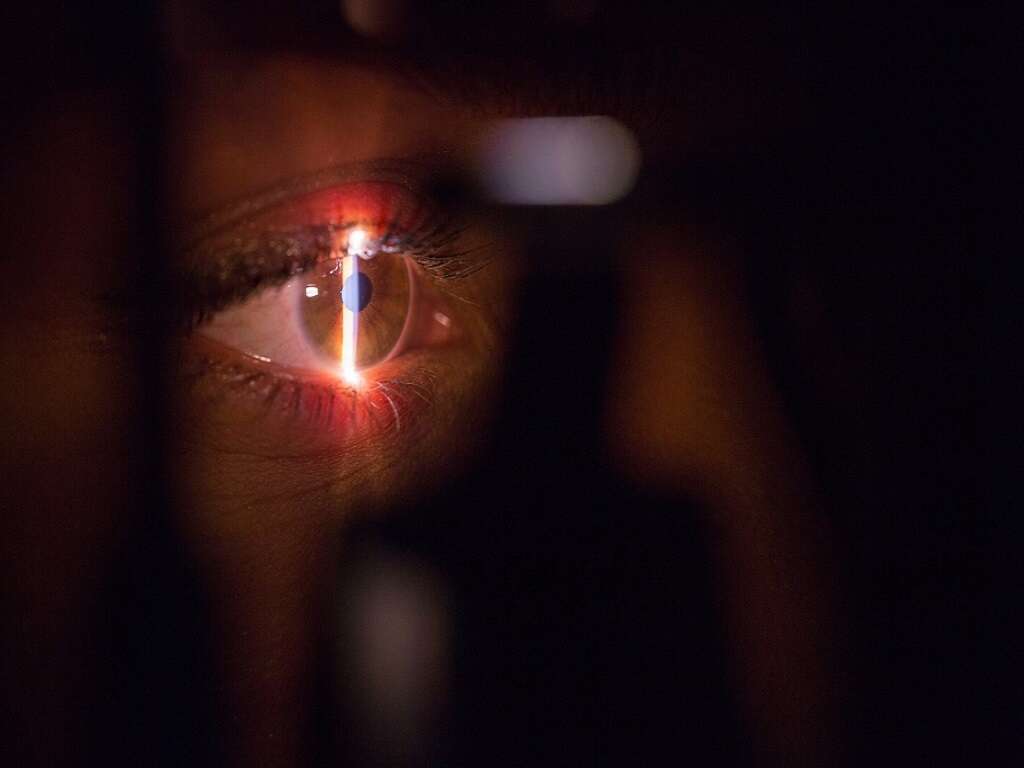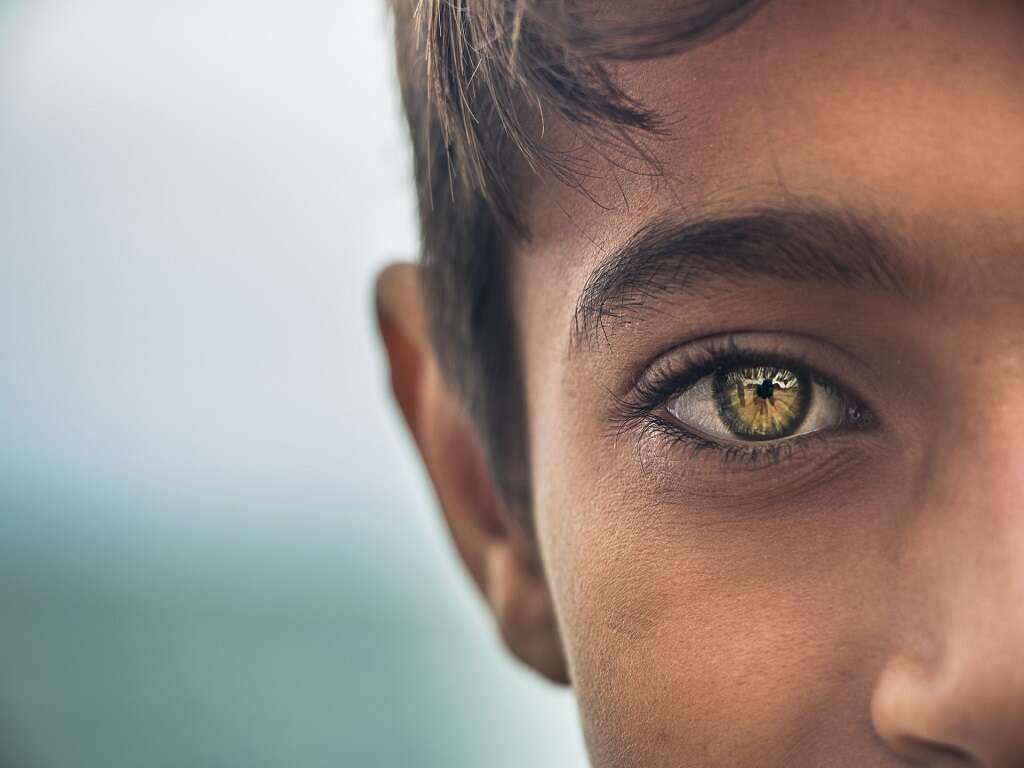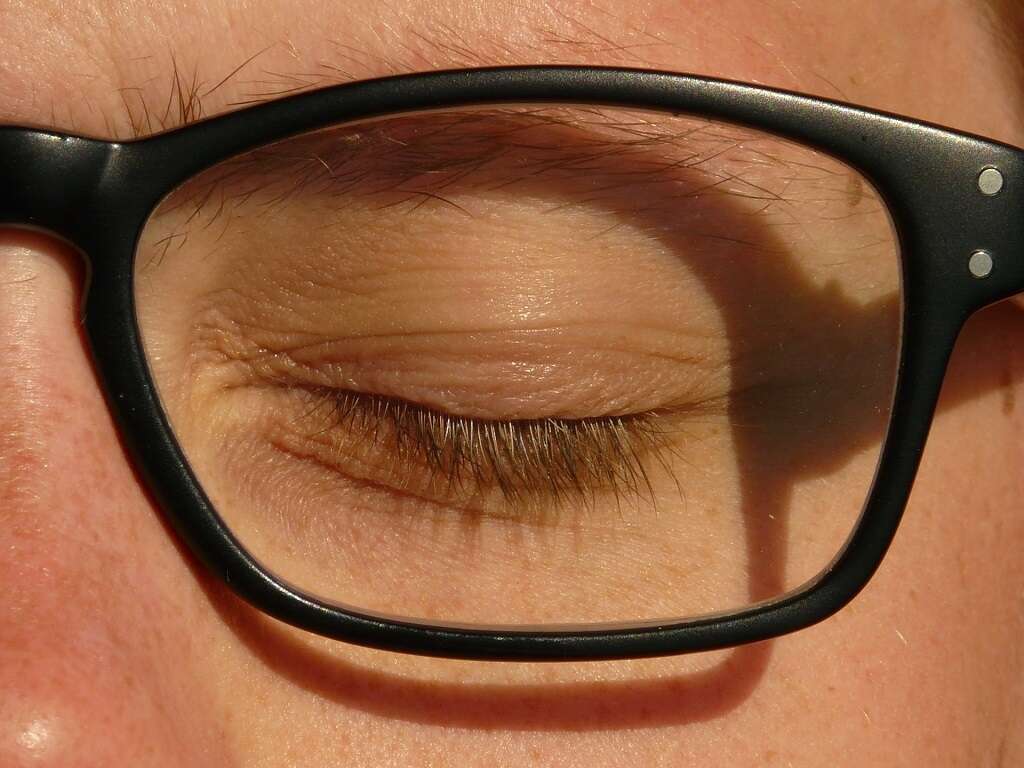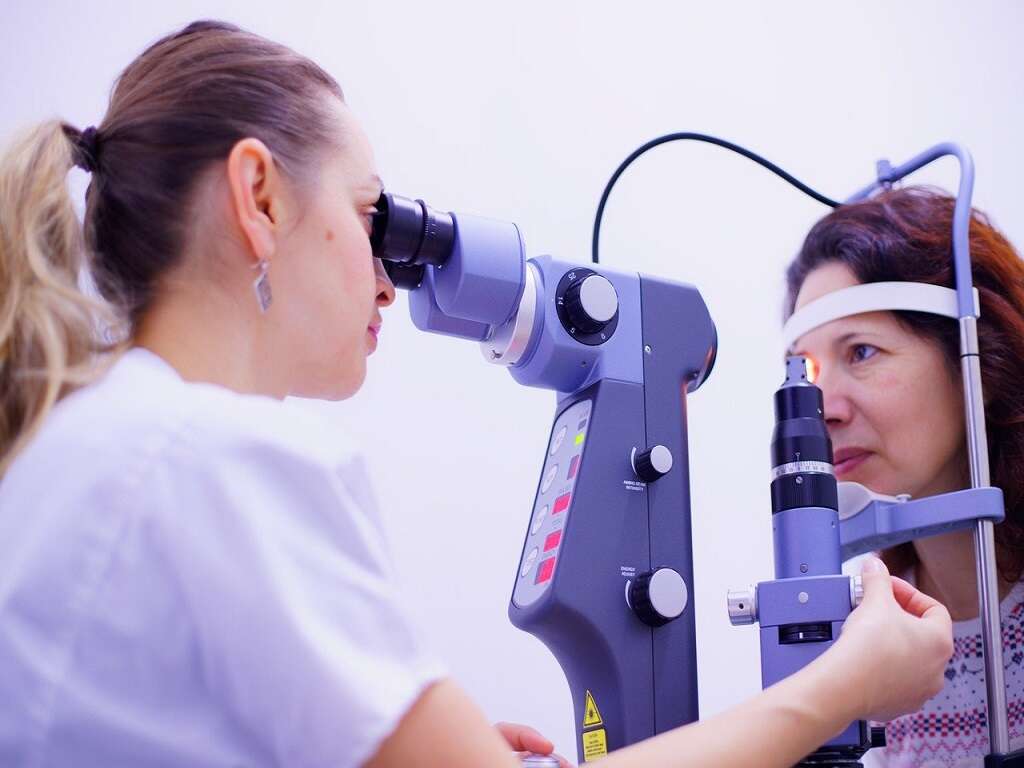10 Causes of Stye on an Eye
Eye styes are issues that are usually caused by bacteria, oftentimes bacteria that naturally resides on your skin. The most common type of bacteria that causes a stye is staphylococcus. These bacteria are generally harmless, but sometimes they can get stuck along with dead skin cells in the glands in your eyelids. This can cause you to develop a swollen, discolored bump on your eyelid.
Generally eye styes don’t last too long. They can develop over the course of a few days and last for a few longer. In serious cases they can persist for quite a while. There are a number of different things that you can do that can contribute to the development of an eye stye. If you’ve experienced one and you’re wondering what you did to get it, perhaps the following information can help you identify the cause of your eye stye so you can figure out how to avoid getting any more in the future.
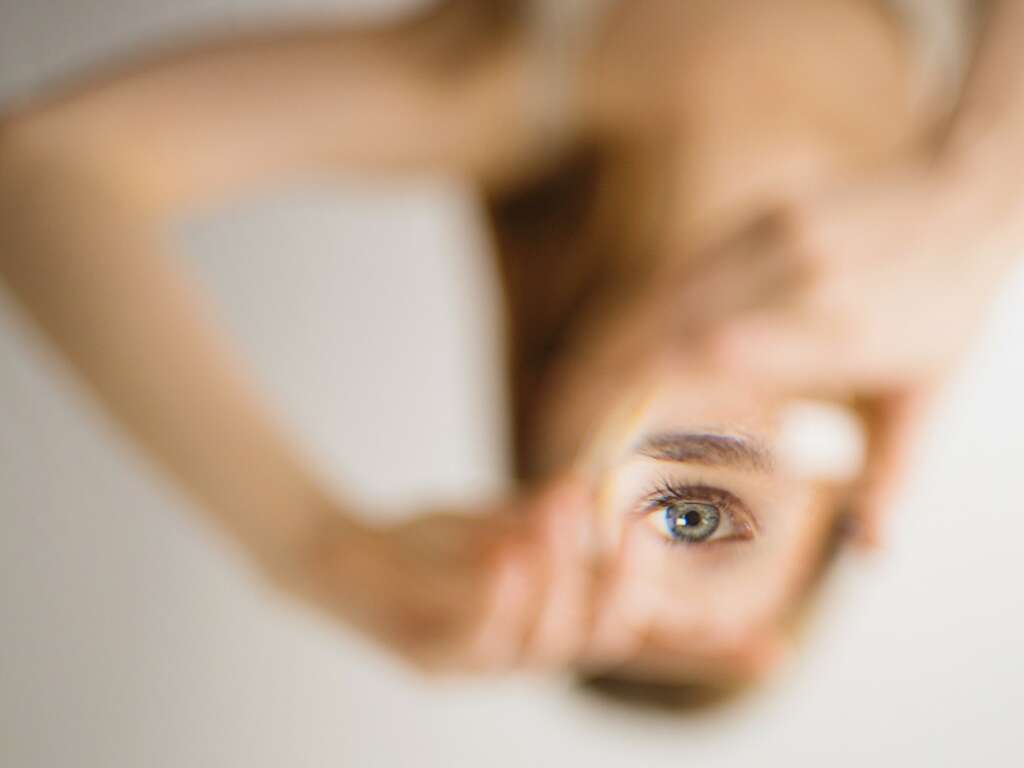
Cause #1: Touching Mucus
One of the easiest ways to spread the staphylococcus bacteria are to touch the mucus from your nose. If you do this and then touch your eyelids, it’s quite easy for the bacteria to be transferred to your eyelids.
Make sure to clean your hands or avoid touching any mucus before touching other parts of your body. It’s also important to clean any discharge from your eye to prevent the further spread of the bacteria.

Cause #2: Bad Hygiene
Some people experience recurring eye styes. In this case, it’s a sign that your facial hygiene might not be up to par. If you get styes time and time again, this could indicate that you need to take better care cleaning your eyelids. Good ways to do this involve using small amounts of baby shampoo on a swab of cotton or a small washcloth.
This will help you clear out any dead skin, as well as minimize the chance of contamination. This will, in turn, lower the chances of your follicles developing an infection.

Cause #3: Dirty Contact Lenses
It’s important to make sure that you disinfect your contact lenses. If you don’t, it becomes easier to spread bacteria when you’re putting them on.
Most contact lens solutions are disinfectants, so as long as you store your contacts properly, you should be relatively safe. Ensure that your hands are clean when you’re putting your contacts in and taking them out to prevent the chance of developing any problems.
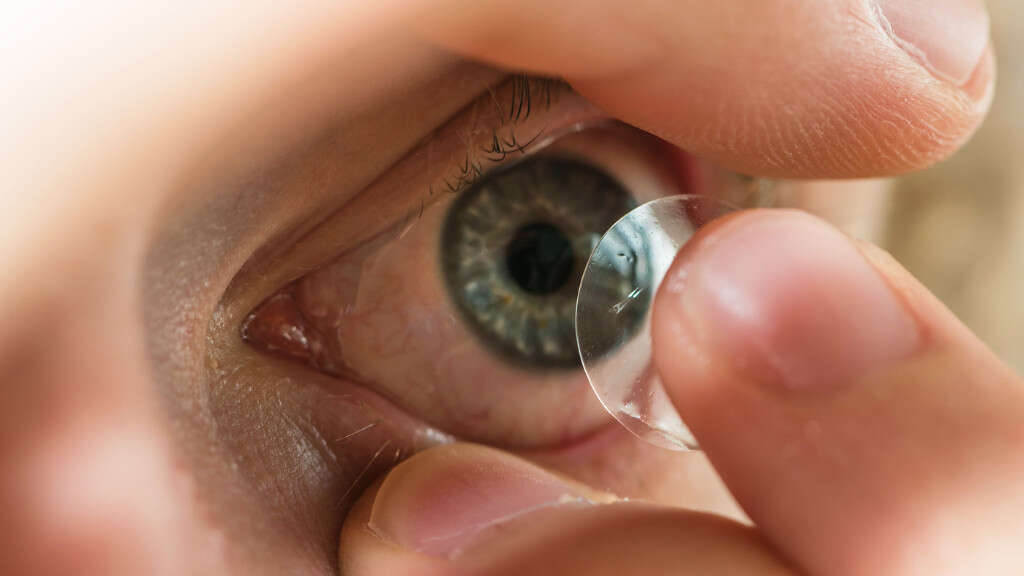
Cause #4: Using Old Cosmetics
If you don’t use your cosmetics very often and you have some older cosmetics sitting around, you might want to think twice before using them. This is because old cosmetics can actually be breeding grounds for bacteria.
Considering the fact that you’ll be applying these cosmetics directly to your face, you may want to make sure that you’re using fresh cosmetics. It’s also important to sanitize your hands before and after putting on cosmetics to prevent the spread of bacteria.
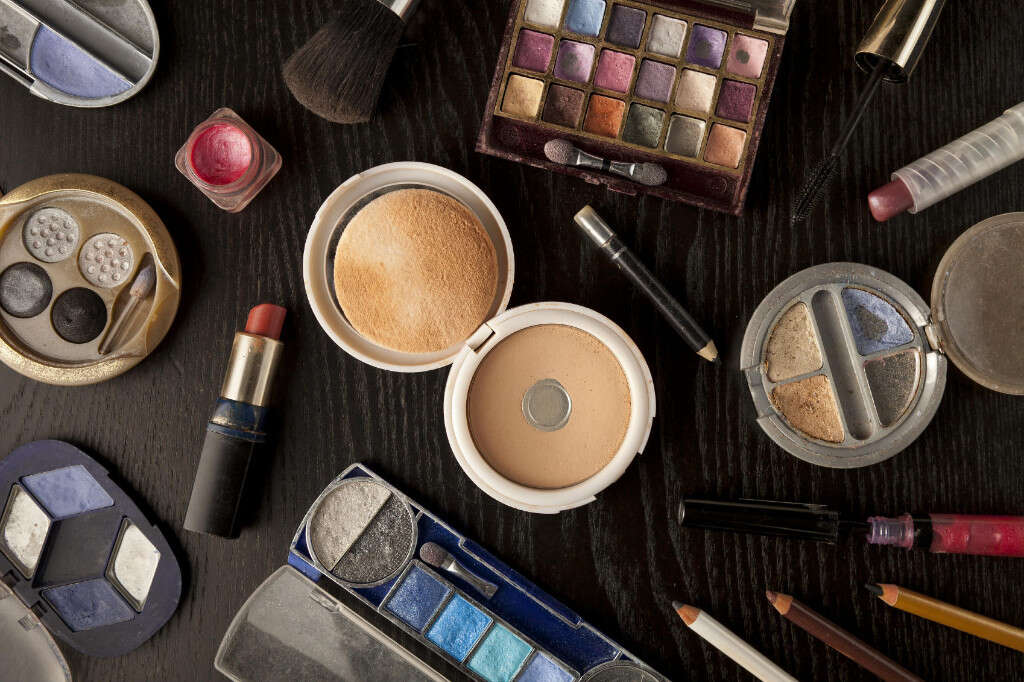
Cause #5: Not Cleaning Off Cosmetics
In addition to making sure that you’re using fresh cosmetics that haven’t had a chance to garner the growth of bacteria, you’ll also want to make sure that you take the time to properly clean off your cosmetics.
Keeping cosmetics applied to your skin for extended periods of time can be dangerous because it can contribute to the clogging of your pores. This, in combination with unhygienic practices, can make it a lot easier for you to develop an eye stye.
There are certainly cosmetics available that are intended to be less detrimental to your pores. However, in all cases, the best thing to do is make sure that you wash off your cosmetics regularly.
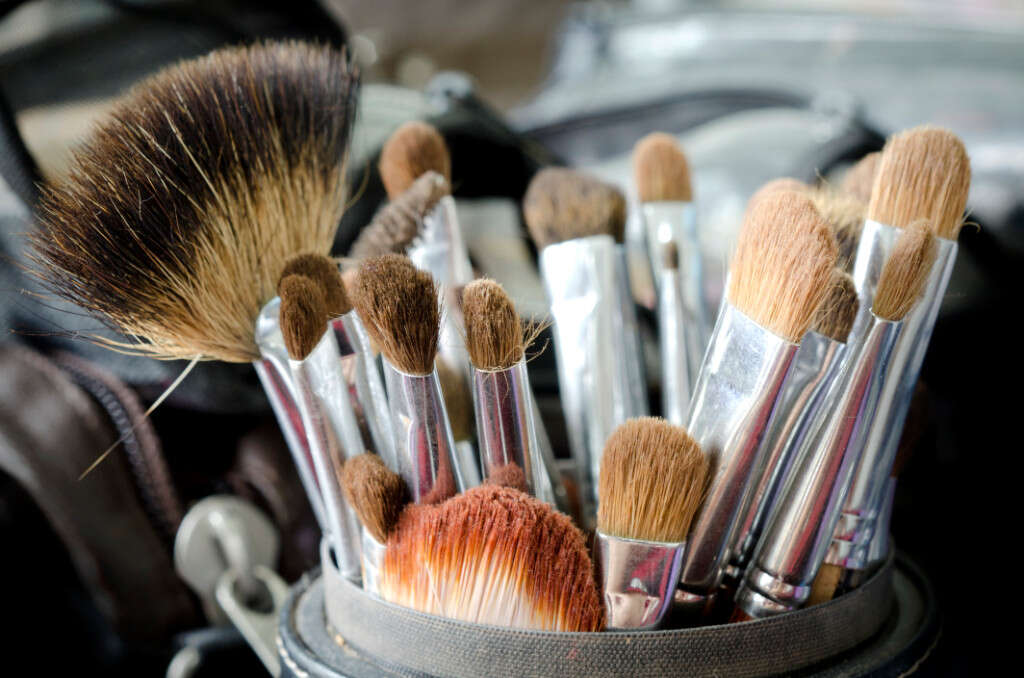
Cause #6: Blepharitis
Blepharitis is a condition that’s marked by the chronic inflammation of the eyelids. It generally involves a specific part of the eyelid, where the eyelashes emerge. The problem can affect both eyelids.
The problem is quite similar to eye styes, and as a result can make them more common. Blepharitis generally occurs when the little glands that are found at the bottom of your eyelashes become clogged. When too many of these glands become inflamed, or a smaller amount of them become seriously inflamed, visible eye styes can appear.
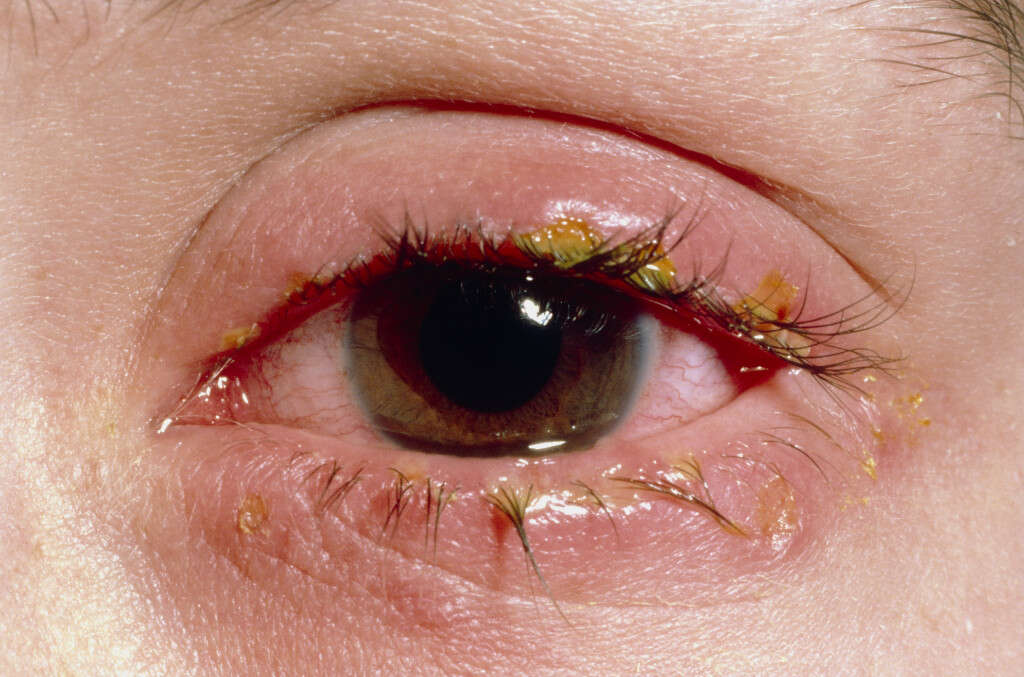
Cause #7: Previous Eye Stye
People who have had eye styes in the past are more likely to develop them again in the future. Unless you have made significant changes to your hygienic practices, then chances are that if you’ve had one before, you may experience another one.
If you do get an eye stye, it’s generally a sign that you need to improve your hygienic practices. Make sure that you clean your face and your eyelids and try to avoid the transfer of bacteria from other orifices on your body.
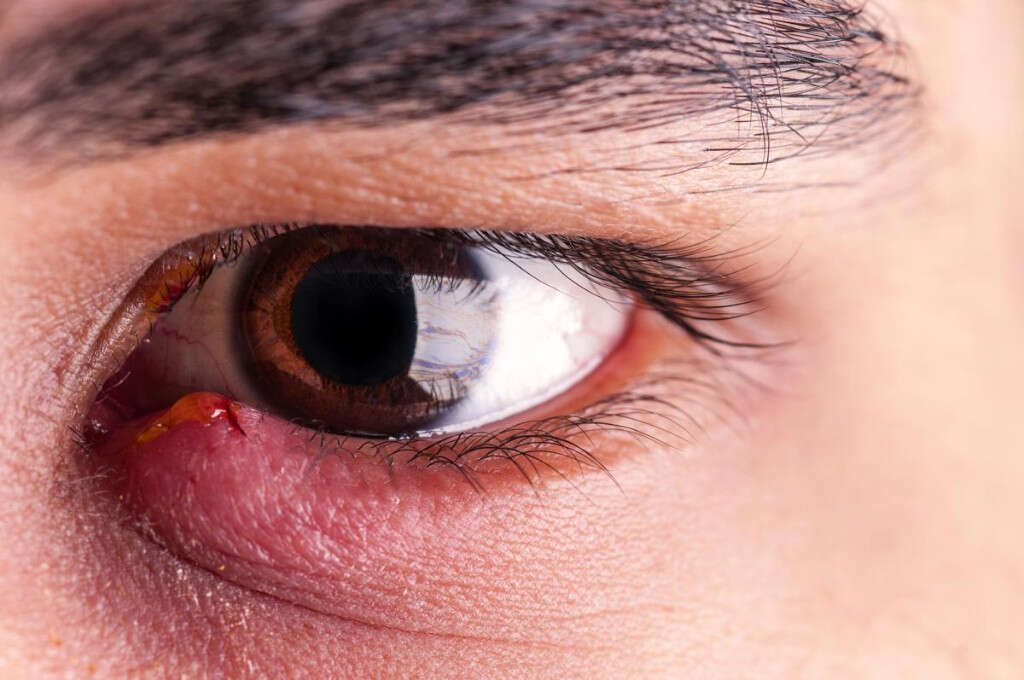
Cause #8: Dermatitis
Dermatitis is a problem that affects the skin, or the dermis. It’s an inflammatory condition and can appear in many forms.
One thing that runs common among dermatitis is an increase in the amount of dead skin cells. This means that, if the dermatitis affects your face, you are more likely to have your pores clogged by excessive dead skin. If you experience dermatitis then it’s important to take the necessary precautions to minimize symptoms.
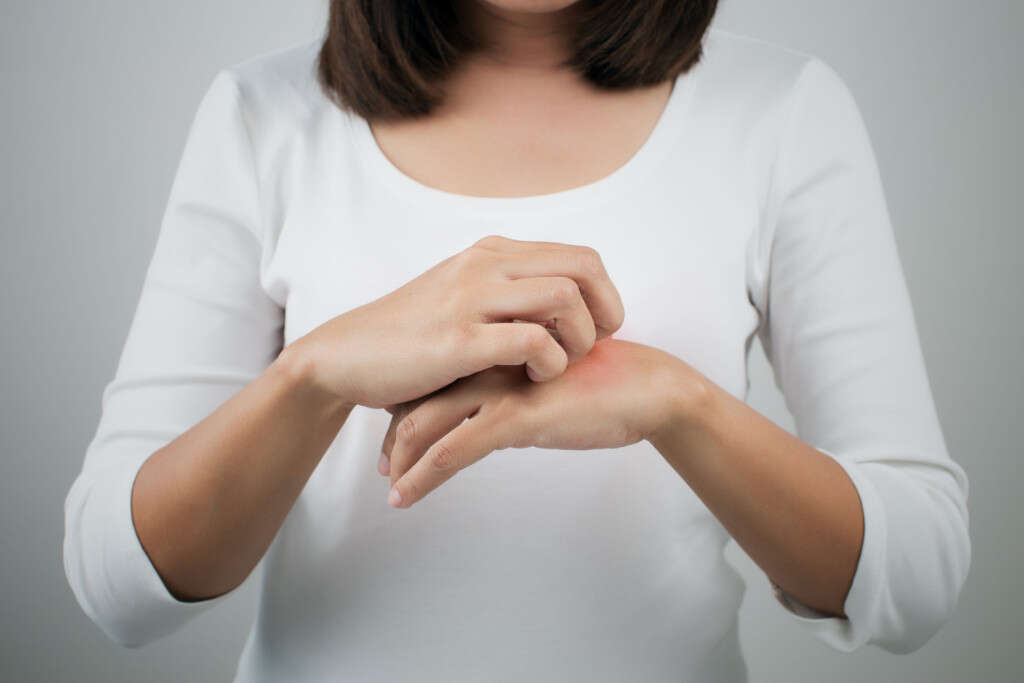
Cause #9: Diabetes
Diabetes is a condition that’s caused by an insensitivity to insulin. Insulin is the hormone that regulates our body’s response to blood sugar, and if we are not sensitive to it we can experience a number of symptoms related to elevated blood sugar.
There are a number of eye-related problems associated with diabetes, such as pink eye and eye styes. If you have diabetes, make sure you take care of the condition and seek professional help.
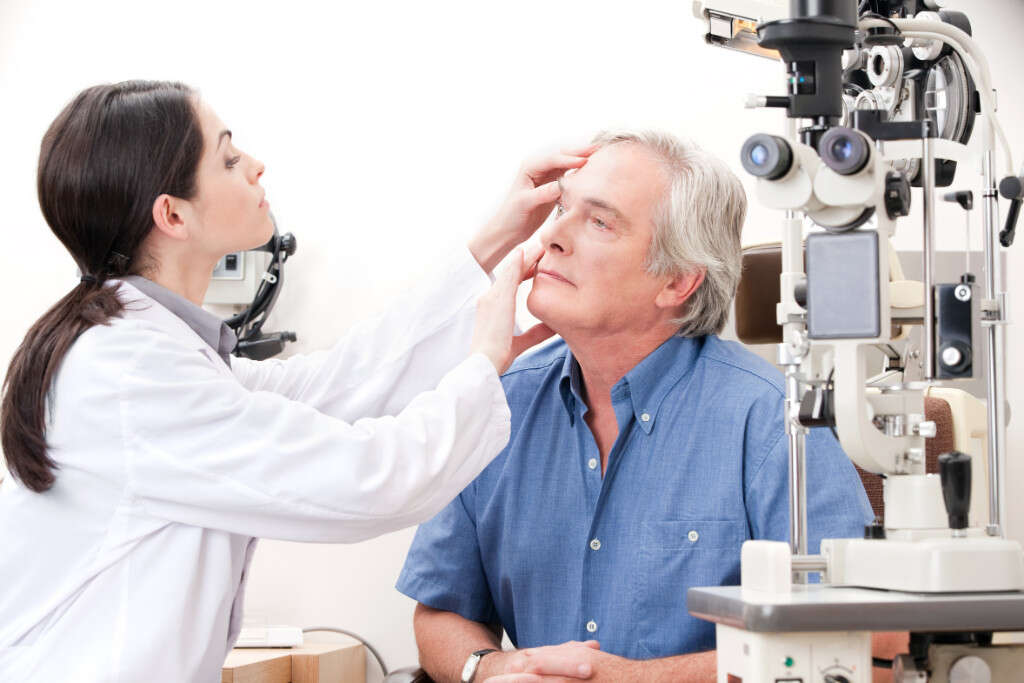
Cause #10: Rosacea
Rosacea is another skin condition. It’s generally long-term and most often it affects the face. Some of the symptoms of rosacea are swelling, pimples, redness, and dilated blood.
The areas most commonly affected are the cheeks, forehead, and nose. It’s easy to see how skin cells from these areas could end up on the eyelids. If you have rosacea then make sure you try to keep symptoms at bay to prevent the emergence of further complications like eye styes.
